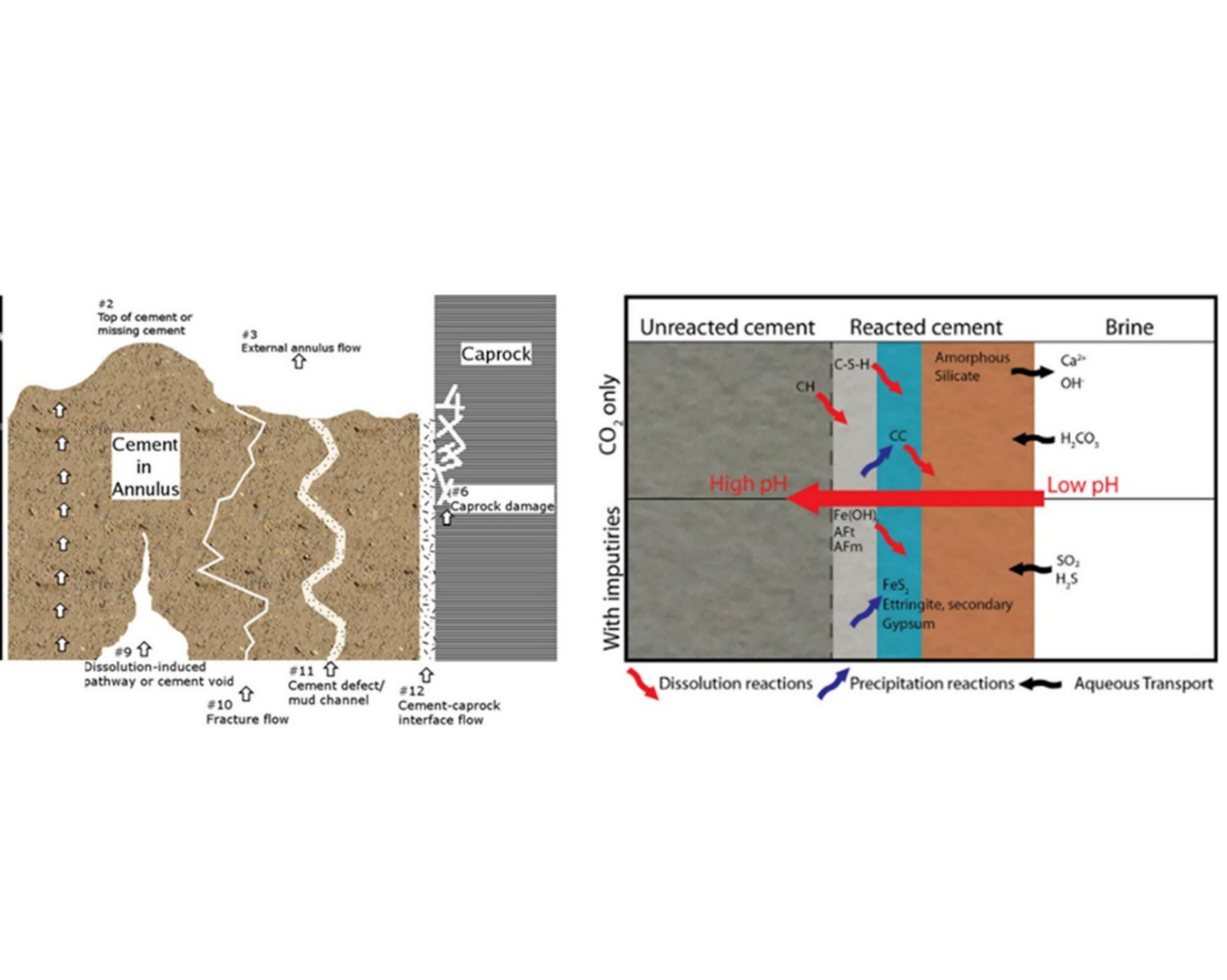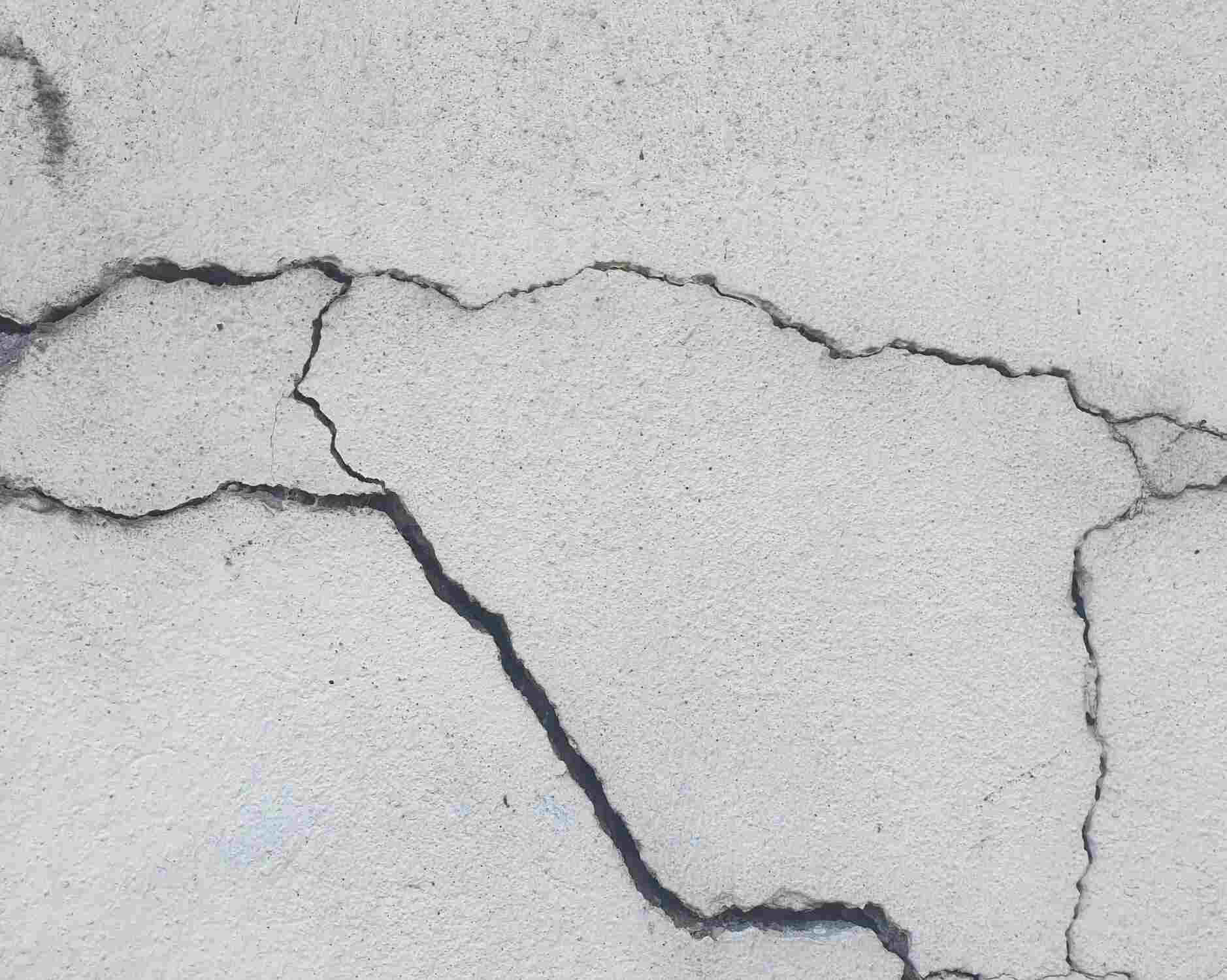Energy demand growth and emissions reduction are the focus points in the actual global setting, for which one of the main driving factors is the attention to asset reliability, surges the need to measure the integrity loss probability of both legacy and new wells for a wide set of well operations, including H2, CO2 storage, injection and production.
Risk Model for CCS and Hydrogen wells operations
Kwantis developed a specialized model to assess the risk of well barriers degradation in order to be included in the probabilities and consequences of blowout event.
The risk of failure of materials is further subdivided in two main sections, cements and tubular materials. For each of them a particular model has been developed considering the possible corrosive environments that can be found inside of the well.
For tubular materials, the risk is calculated using a combination of material composition (e.g. Chromium content) and well parameters (e.g. H2S concentration) based on either sour or sweet service conditions. Similarly, for cements an energetic approach is followed, based on both material conditions (e.g. cement density) and the well parameters (e.g. CO2 concentration) to estimate the risk of cement carbonation and consequent failure.
“A complete model to address a vast amount of operations”
Such approach grants better description when considered inside of a blowout event probability providing a more robust and exhaustive description of the phenomena. Currently these estimations give answers to the possibility of converting legacy wells to CCS and H2 operations.



